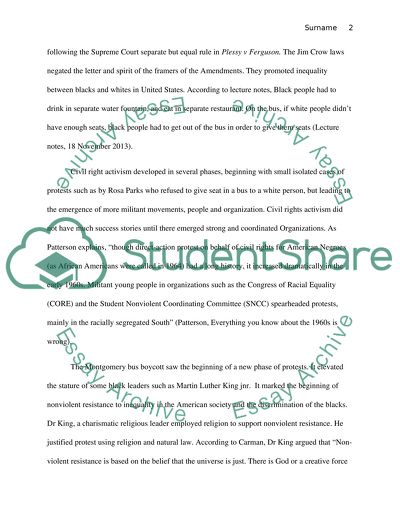Cite this document
(“Civil Rights Essay Example | Topics and Well Written Essays - 1000 words”, n.d.)
Civil Rights Essay Example | Topics and Well Written Essays - 1000 words. Retrieved from https://studentshare.org/history/1495334-civil-rights
Civil Rights Essay Example | Topics and Well Written Essays - 1000 words. Retrieved from https://studentshare.org/history/1495334-civil-rights
(Civil Rights Essay Example | Topics and Well Written Essays - 1000 Words)
Civil Rights Essay Example | Topics and Well Written Essays - 1000 Words. https://studentshare.org/history/1495334-civil-rights.
Civil Rights Essay Example | Topics and Well Written Essays - 1000 Words. https://studentshare.org/history/1495334-civil-rights.
“Civil Rights Essay Example | Topics and Well Written Essays - 1000 Words”, n.d. https://studentshare.org/history/1495334-civil-rights.


